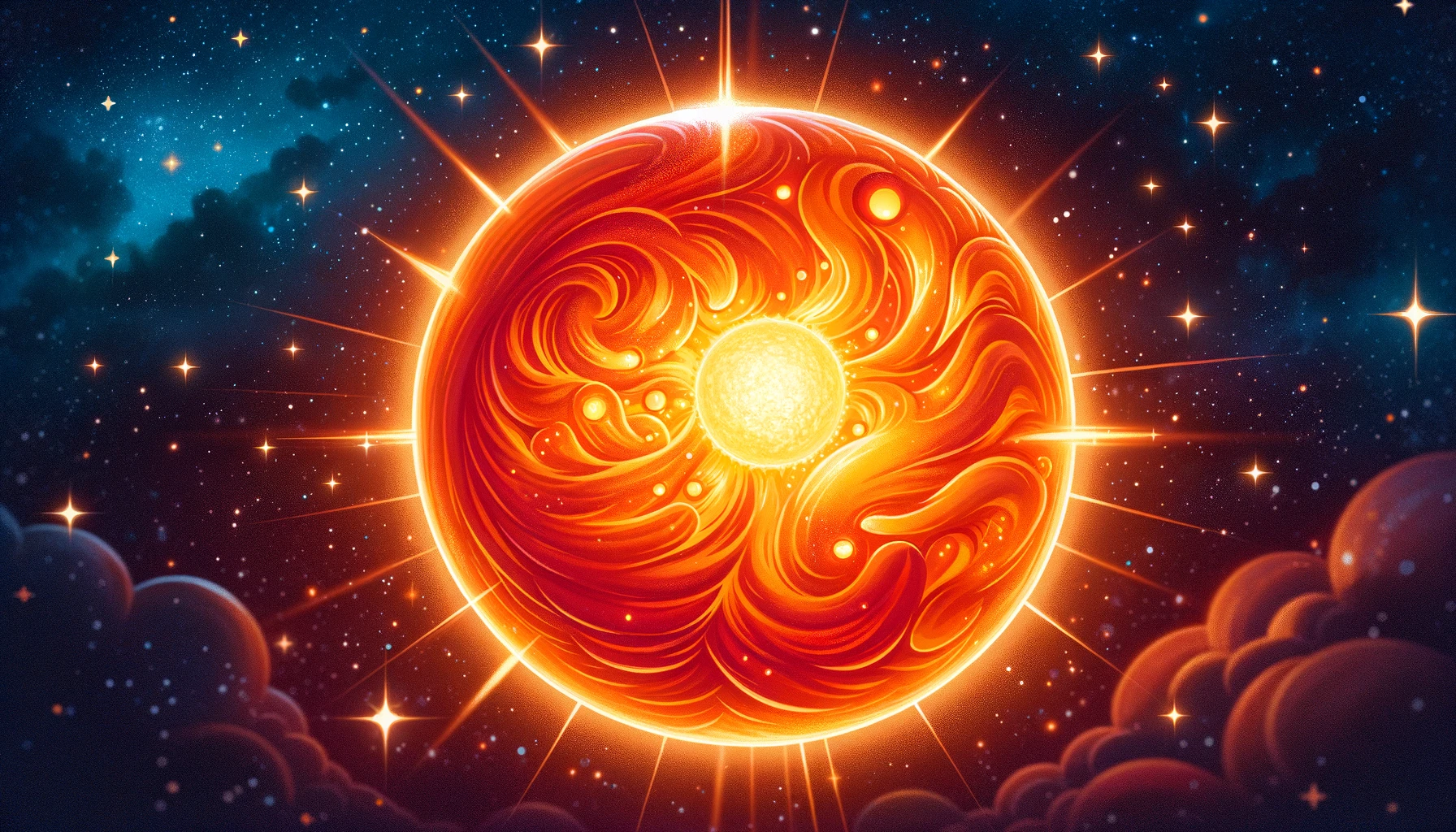Understanding Orange Dwarf Life Cycle
Understanding Orange Dwarf Life Cycle
Table of Contents
- Introduction to Orange Dwarf Stars
- Formation of Orange Dwarf Stars
- Main Sequence Stage
- Evolution and Longevity
- End of the Orange Dwarf Life Cycle
- Importance in Astronomy
- Conclusion
- References
Understanding Orange Dwarf Life Cycle
Introduction to Orange Dwarf Stars Orange dwarf stars, also known as K-type stars, are a category of stars that fall between the more massive G-type stars like our Sun and the smaller M-type red dwarfs. These stars are significant for their stability and potential to host habitable planets. This article delves into the life cycle of orange dwarf stars, from their formation to their eventual demise.
Formation of Orange Dwarf Stars Orange dwarf stars form from the gravitational collapse of molecular clouds composed primarily of hydrogen and helium. As these clouds collapse, they fragment into smaller clumps. When the core temperature of a clump reaches a critical point, nuclear fusion of hydrogen into helium begins, marking the birth of an orange dwarf star.
Main Sequence Stage The main sequence stage is the longest period in the life of an orange dwarf star. During this phase, the star fuses hydrogen into helium in its core, producing energy that balances the gravitational forces pulling the star inward. Key characteristics of this stage include:
- Stable Luminosity: Orange dwarfs emit a steady amount of light, with luminosities between 0.1 and 0.6 times that of the Sun.
- Surface Temperature: Their surface temperatures range from about 3,900 to 5,200 K, giving them an orange hue.
- Lifespan: Orange dwarfs have longer lifespans than G-type stars, ranging from 15 to 30 billion years, due to their slower rate of hydrogen fusion.
Evolution and Longevity Orange dwarf stars are known for their long-term stability. Their slow hydrogen-burning process allows them to remain in the main sequence stage for a significant portion of their lifetimes. This extended period of stability makes them excellent candidates for the development of life on surrounding planets, as they provide a consistent energy output over billions of years.
End of the Orange Dwarf Life Cycle As an orange dwarf star exhausts its hydrogen fuel, it transitions into the next phase of its life cycle:
- Subgiant Phase: The star expands and cools slightly as it starts to burn helium and other heavier elements in shells around the core.
- Red Giant Phase: The star becomes a red giant, shedding its outer layers and losing mass in the process.
- White Dwarf Stage: Finally, the core remnants collapse into a white dwarf, a dense, Earth-sized object that slowly cools over billions of years.
Importance in Astronomy Orange dwarf stars hold significant importance in the field of astronomy for several reasons:
- Exoplanet Research: Many exoplanets have been discovered orbiting orange dwarf stars, including some in the habitable zone where liquid water could exist.
- Stellar Evolution Studies: Their long lifespans provide valuable insights into the processes of stellar evolution and the eventual fate of stars.
- Potential for Life: The stability and longevity of orange dwarf stars make them prime targets in the search for extraterrestrial life, as they offer stable environments for potentially habitable planets.
Conclusion The life cycle of orange dwarf stars is a fascinating subject that sheds light on the processes of stellar formation, evolution, and longevity. Their stable and extended lifespans make them key objects of study in the quest to understand the universe and the potential for life beyond Earth. By exploring the life cycle of orange dwarf stars, we gain valuable insights into the broader mechanisms of stellar evolution.
<ⓒ WizardMedics (wizardmedics.com)>







